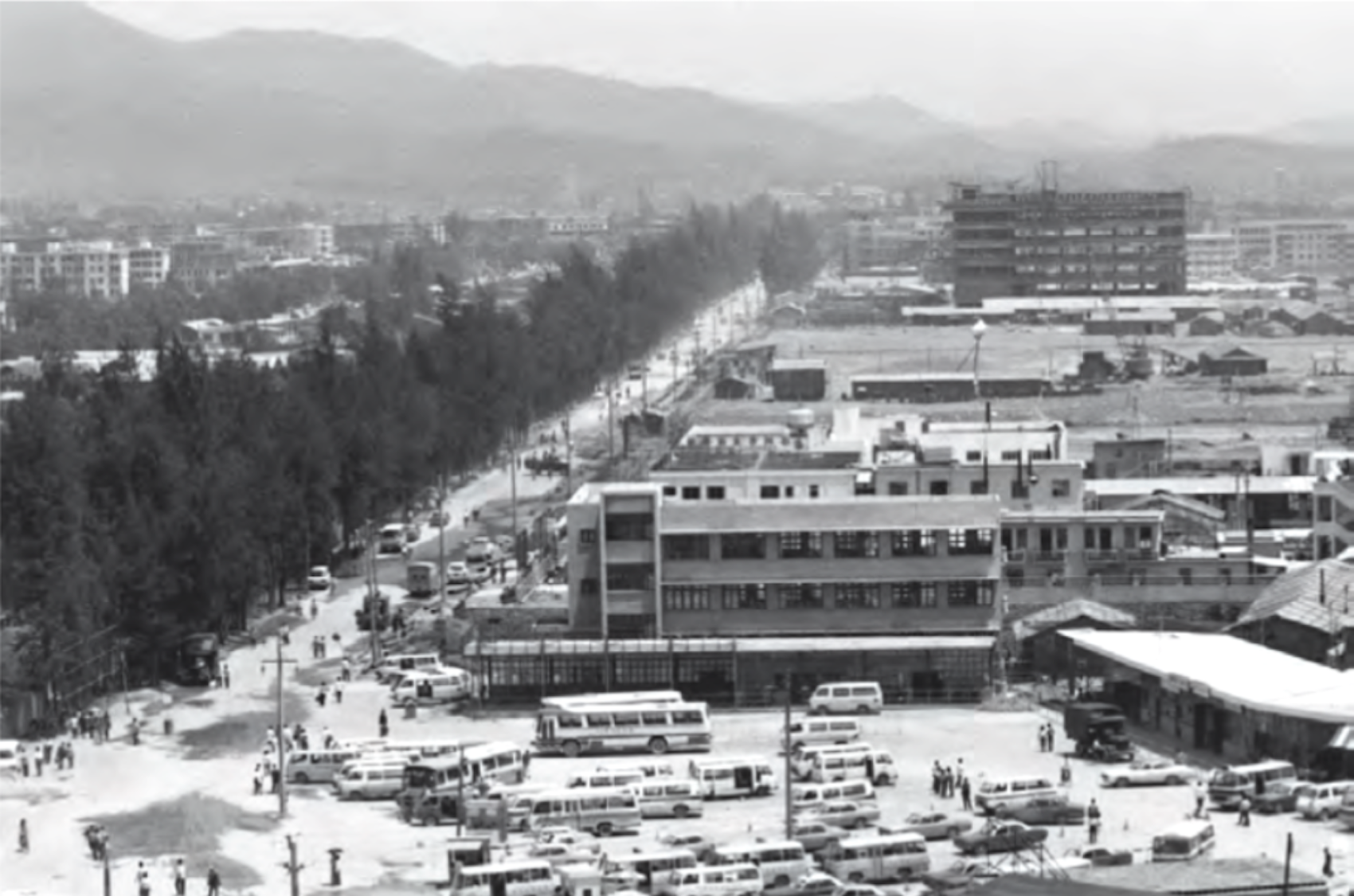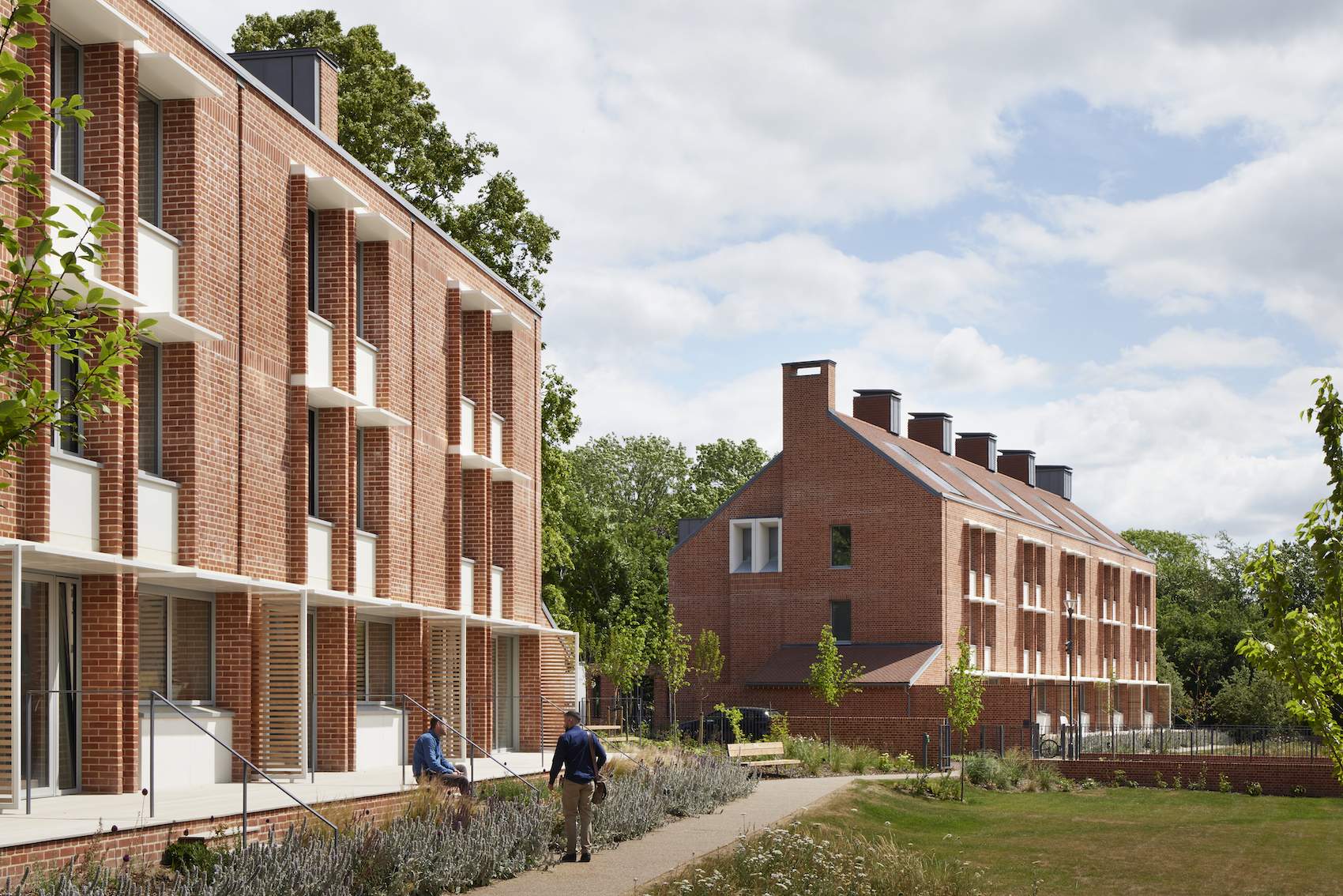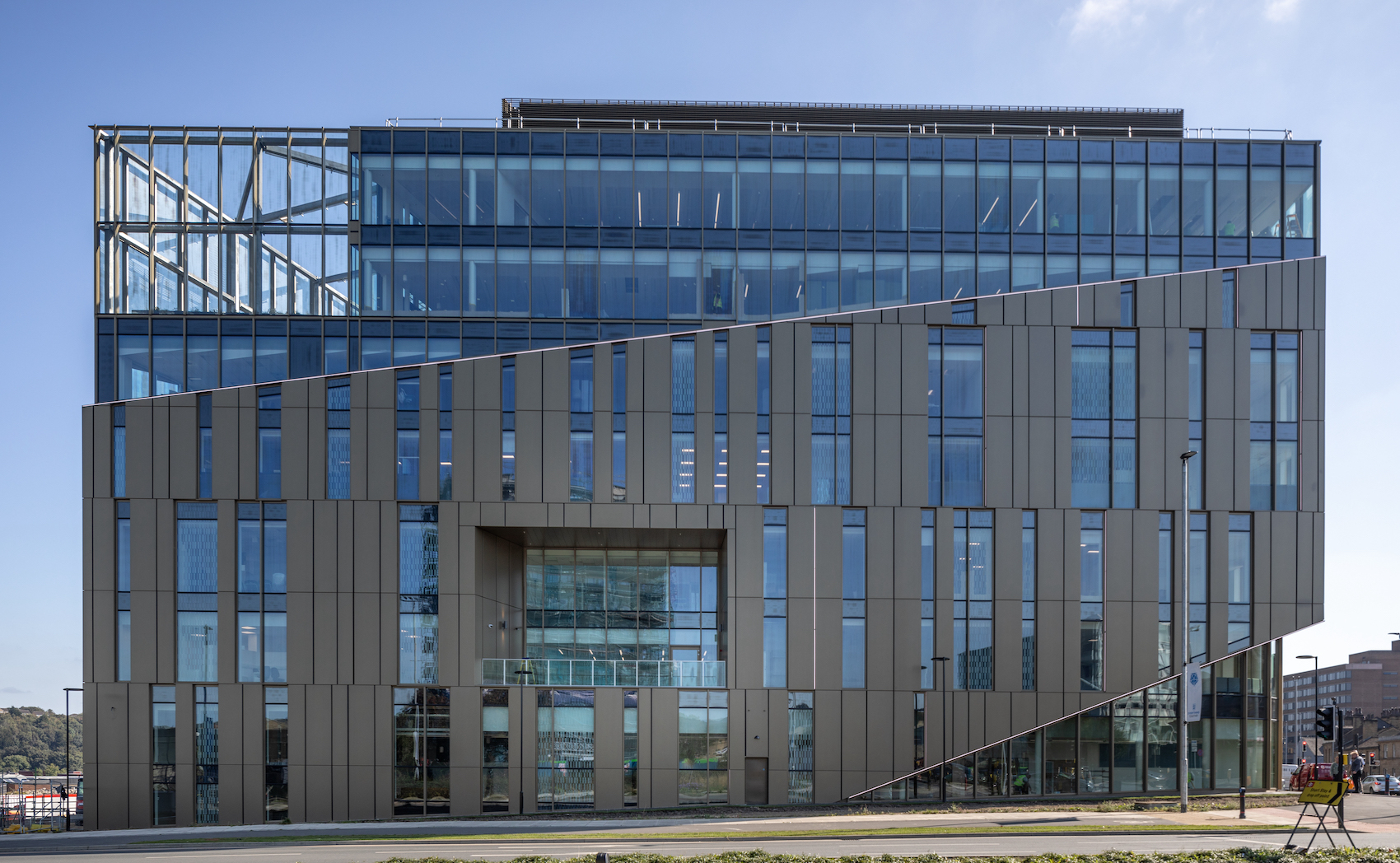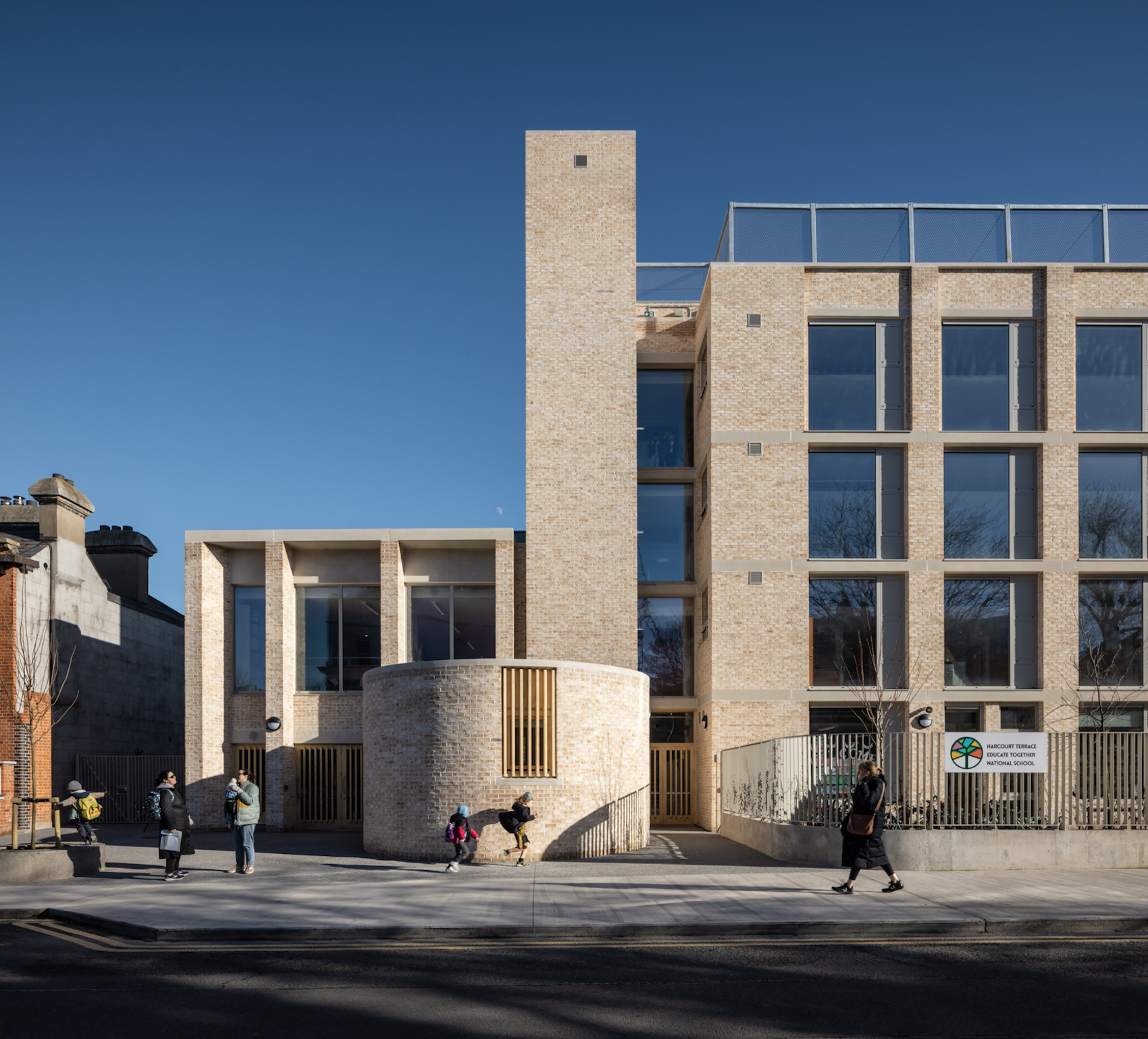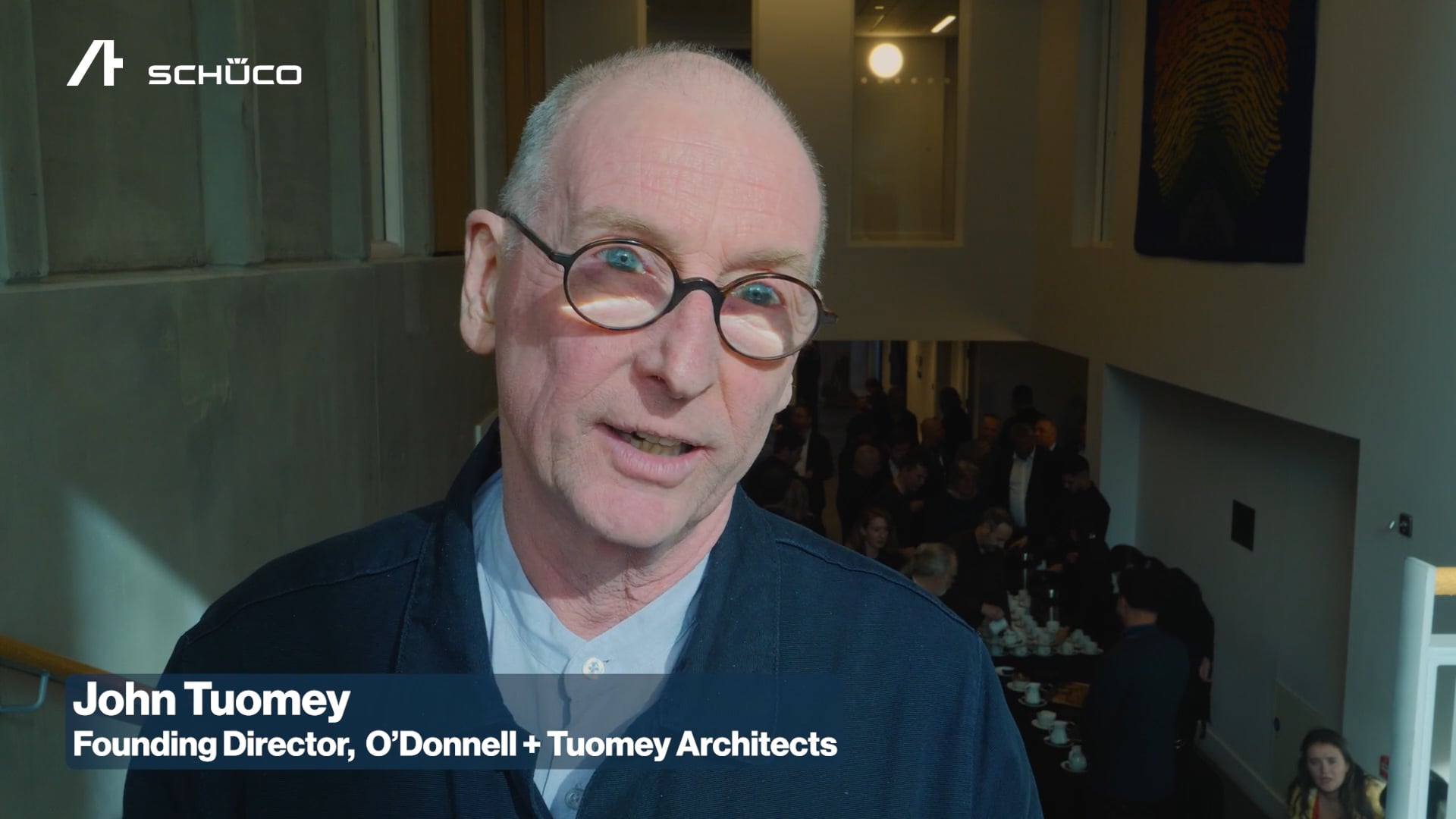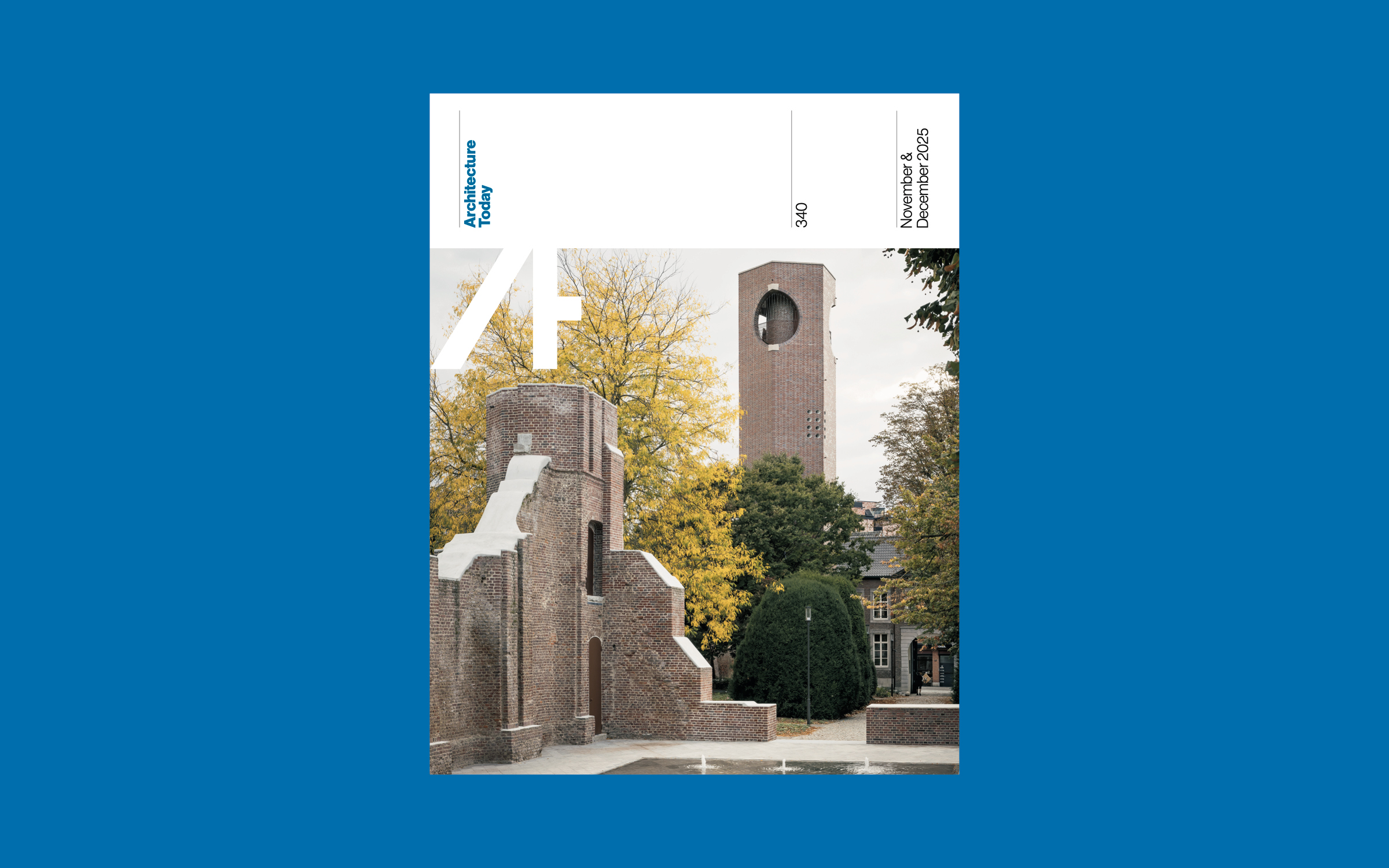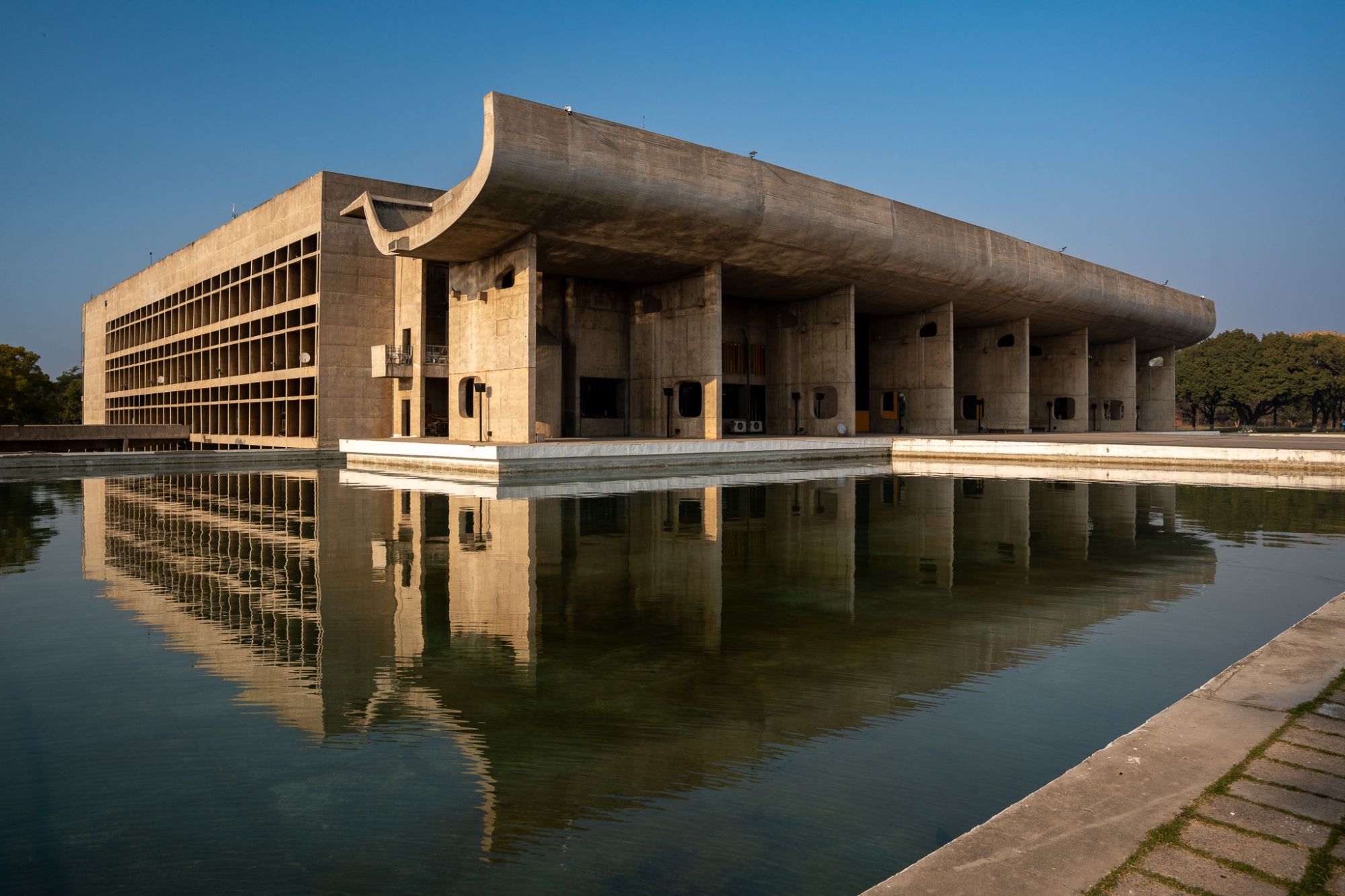Practices, including Richard Weston Studios, Project Orange, Studio Bark, and Haworth Tompkins, explain how the majority of their projects demonstrate the use of biologically-inspired approaches, such as bioregionalism, biophilia, and biomimicry.
Home page from Molly’s World, a website created by Richard Weston as a safe, online space for children to nurture an affinity with nature and awareness of the natural world (Image: Richard Weston).
Co-evolving with nature
Part 2 of the Regenerative Architecture Index focuses on ‘Co-evolving with nature’. This is about recognising that we are part of – as opposed to separate from – the natural world. It recognises the importance of actively regenerating ecosystems by learning from and working with natural systems. This requires designing for circularity and encouraging closed-loop energy, material and water cycles. Responses in this section were assessed by Architects Declare steering group members Anna Lisa McSweeney, Alasdair Ben Dixon and Craig Robertson, with expert input from RAI ambassador Phoebe Tickell – renegade scientist, systems thinker and social entrepreneur. Read more about Part 2 of the RAI here.
Projects Question 3
Do the majority of projects demonstrate the use of biologically- inspired approaches, such as bioregionalism, biophilia, biomimicry, ecomimicry (also referred to as ecosystems thinking, industrial ecology, or industrial symbiosis) or BioTRIZ?
Front-runner
Exploration Architecture
Biologically-inspired design approaches have been the founding basis of Exploration Architecture since the beginning. All of our projects use one or more of these methodologies. Our principal wrote the first and second editions of Biomimicry in Architecture (RIBA Publications’ best-selling international title) and co-authored Flourish: Design Paradigms for Our Planetary Emergency (with Sarah Ichioka), which describes how a deep philosophy of biomimicry can help us address critical challenges for the future. Exploration Architecture has also developed two versions of a software tool that makes it easier to design ecomimetic systems inspired by ecosystems. We invited the two originators of BioTRIZ to deliver a training course in our office. We have used biophilia (including taking inspiration from leading figures, such as Craig Knight and Terrapin Bright Green) in the design of our Biomimetic Office and Zero Waste Textiles Factory.
Flourish: Design Paradigms for Our Planetary Emergency by Sarah Ichioka and Exploration Architecture’s Michael Pawlyn describes how a deep philosophy of biomimicry can help us address critical challenges for the future (Image: Michael Pawlyn and Adam Holloway).
Runner-up
Studio Bark
On our rural projects, the building and landscape are always viewed as a unity. We work with land specialists, such as ecologists, arboriculturalists, landscape architects, and hydrologists to seek a beneficial outcome for ecology.
We apply bioregionalism to all projects through mapping and sourcing local materials. An example of our approach is Thatch House, where options were presented for sawmills, quarries and thatchers within ten miles of the site. However, in order to create a low-impact house with steel screw piles, PV panels and heat pumps, some materials were required to come from further afield.
The approach is to create a hierarchy of sourcing, so that whatever can be procured locally will be. Our public art project, Making A Stand, was a complete exercise in bioregionalism, with the timber procured locally and the supply chain journey forming part of the artwork itself via online storytelling.
Ones to watch
Assemble
All of our projects look to and respond to nature as a system of which we are part of. For Broadridge Farm, a new- build house in Devon, we designed a home to cohabitate with the animals as part of Britain’s first rewilding cluster project. The farmhouse was built nearly completely with natural materials that can biodegrade and return back to the biosphere. Rather than filling a deep hole with cement for the foundations, we created a base for the building made from gravel, topped with – as shallow as possible – reinforced concrete and recycled glass on which the walls were built. To accommodate wildlife, the team installed bat boxes and created crevices in the frame of the building for swifts.
Haworth Tompkins
We are not yet at the stage where the majority of our projects clearly demonstrate biologically-inspired design approaches. However, biophilic elements, such as the deliberate use of natural bio-based materials, lighting design that mimics natural daylighting patterns, natural colour selection, and internal planting strategies have been utilised on a large number of projects across different sectors.
Concepts based on biomimicry have increasingly become a core part of our design competition entries, and this is an area that will receive specific focus from our sustainability and regenerative design working group.
Project Orange
We do not subscribe to the sometimes simplistic idea that if something looks like nature then it is naturally good – the dangers of which are often evidenced in extraneous parametric design. However, we believe in the idea that we are part of an ecosystem where materials need to be treated as nutrients – biological and technical. These need to be deployed with care and consideration.
We have studied Jem Bendells’ Deep Adaptation paper and director James Soane attended his week-long retreat in Devon to learn more. Key to understanding this is to acknowledge that while nature is our only source of wealth, it is finite. Now is the time to protect and ration what is left. Buildings are a collection of materials and invested energy that require careful management. We have to challenge the hegemony of market-driven technological and industrial advances that are leading to ecocide.
Richard Weston Studios
To be honest, I dislike the jargon but ever since studying ecological design with Ian McHarg at the University of Pennsylvania in 1977-79, nature has informed all my work. Ian defined the landscape architect as ‘nature’s spokesman in man’s world’, and while the language and distinction are old, this has been part of my career.
My first academic appointment, in 1982, was to teach landscape design through history and in the studio, and I have written extensively about architects, such as Alvar Aalto and Jørn Utzon, who looked constantly to nature as a model.









